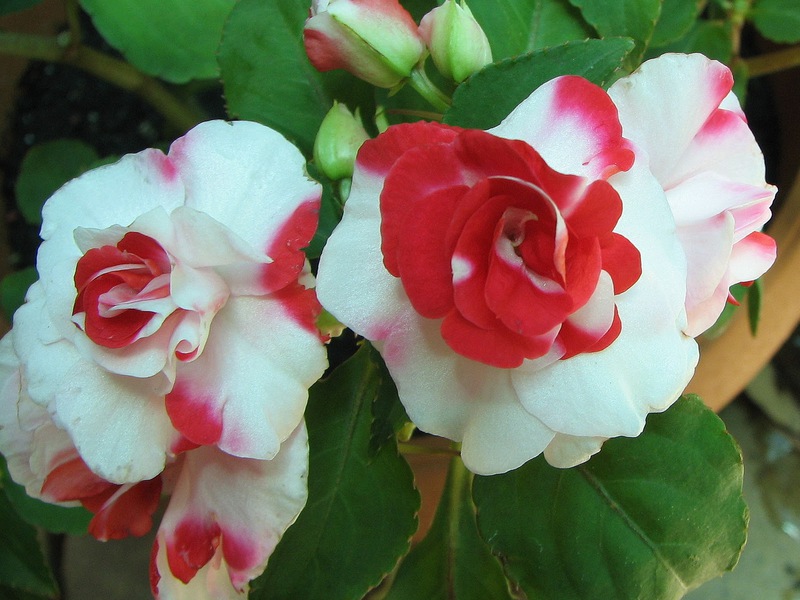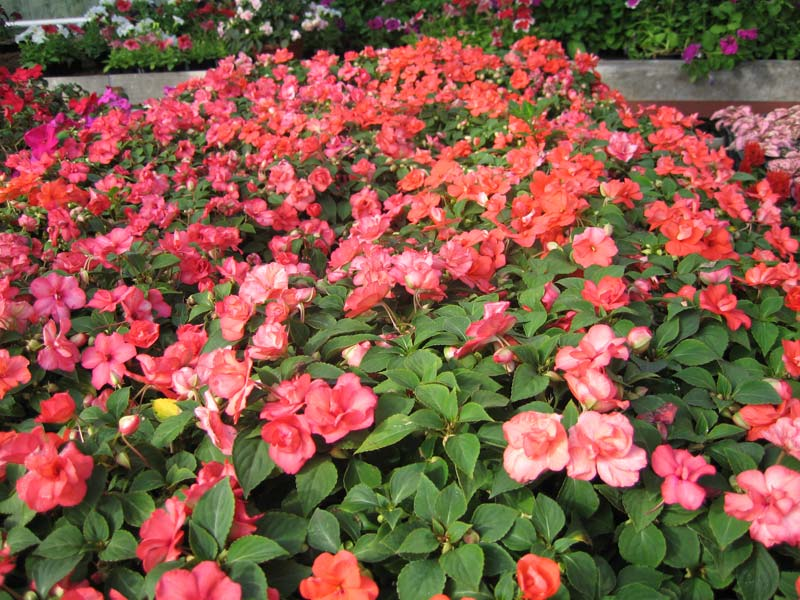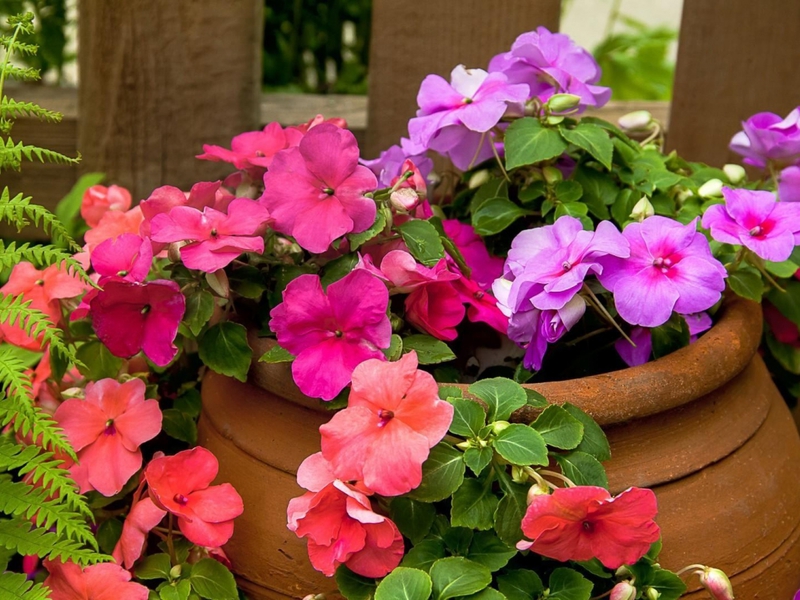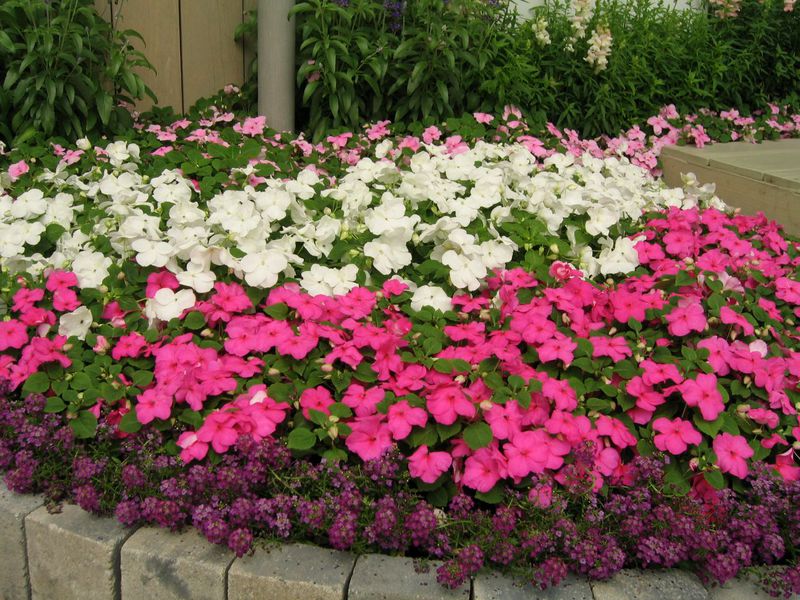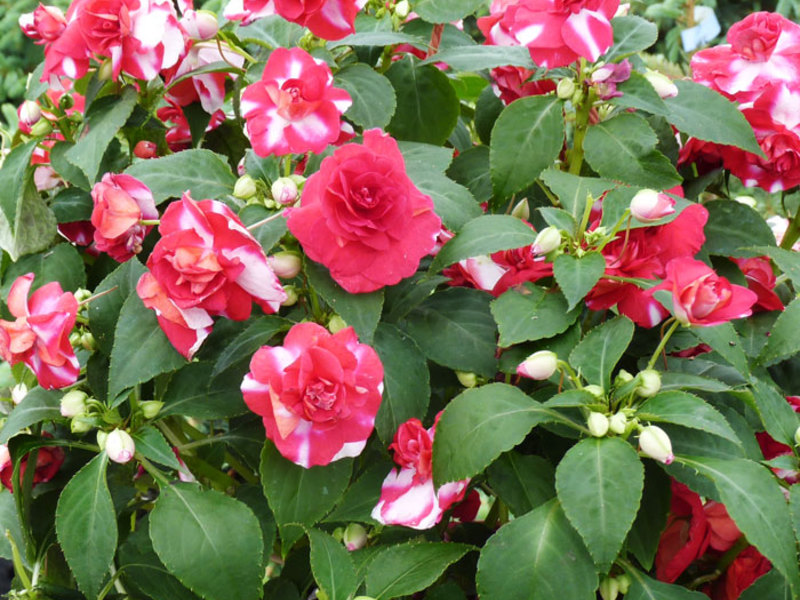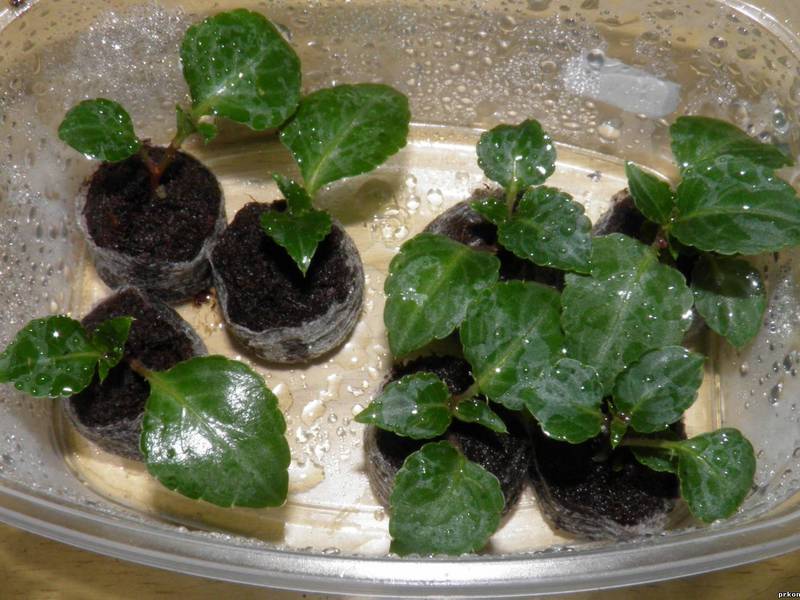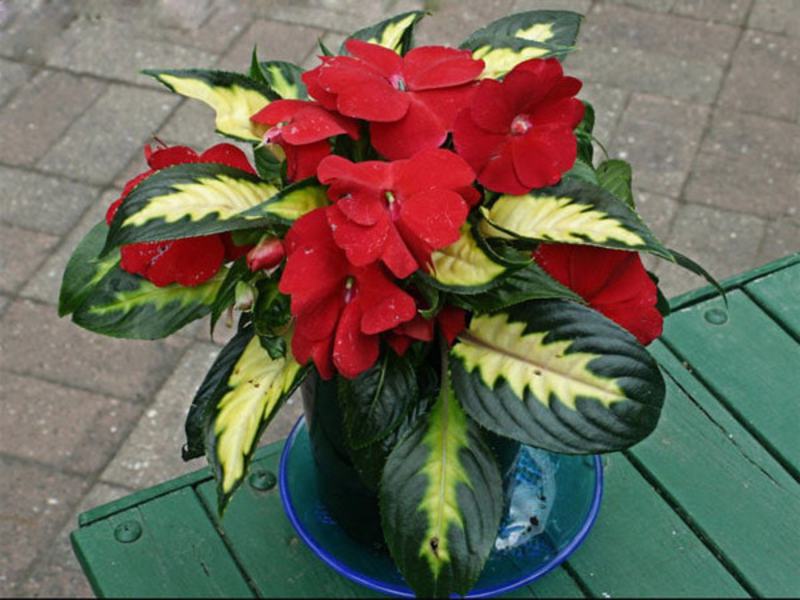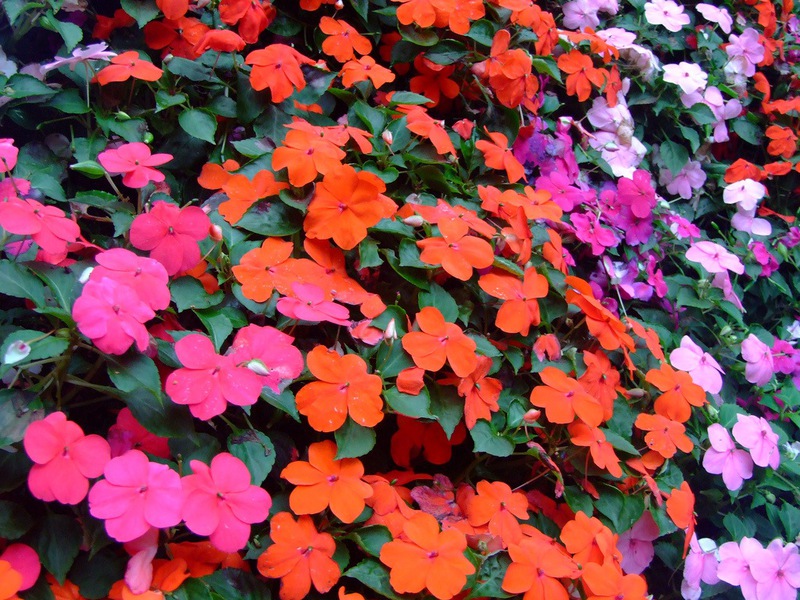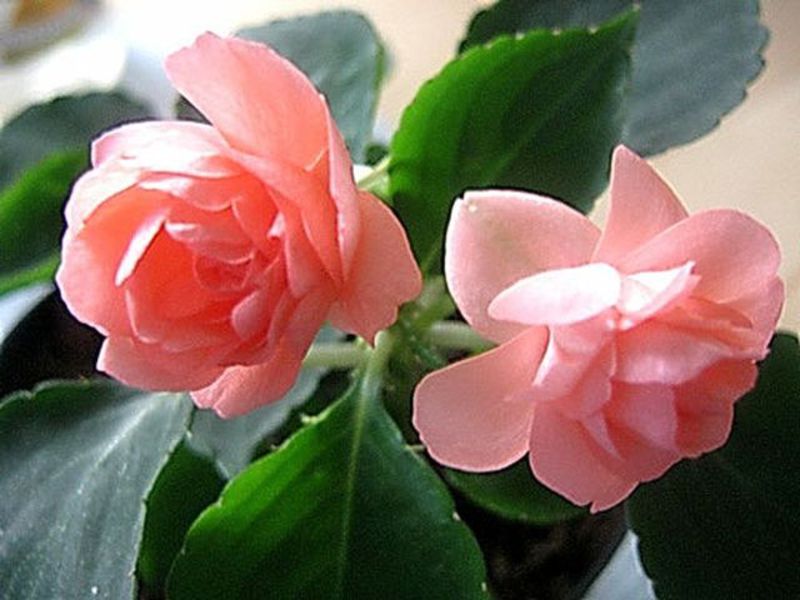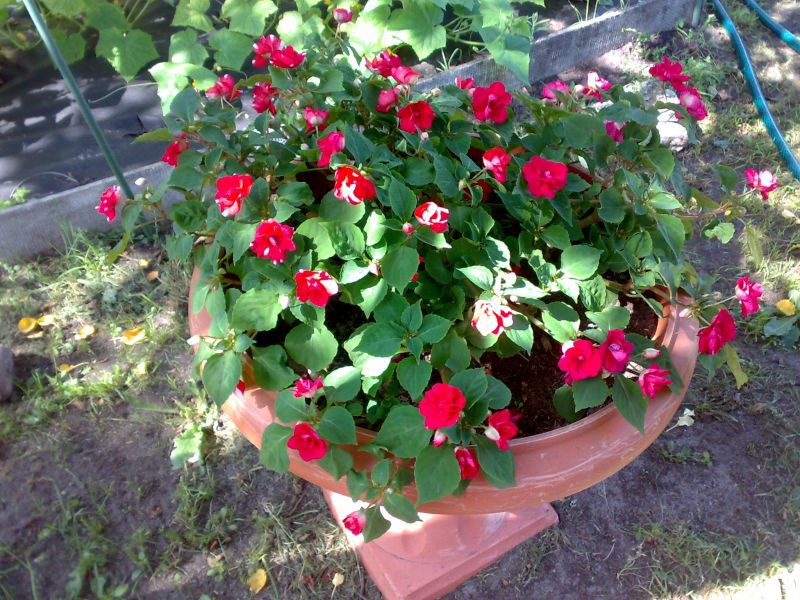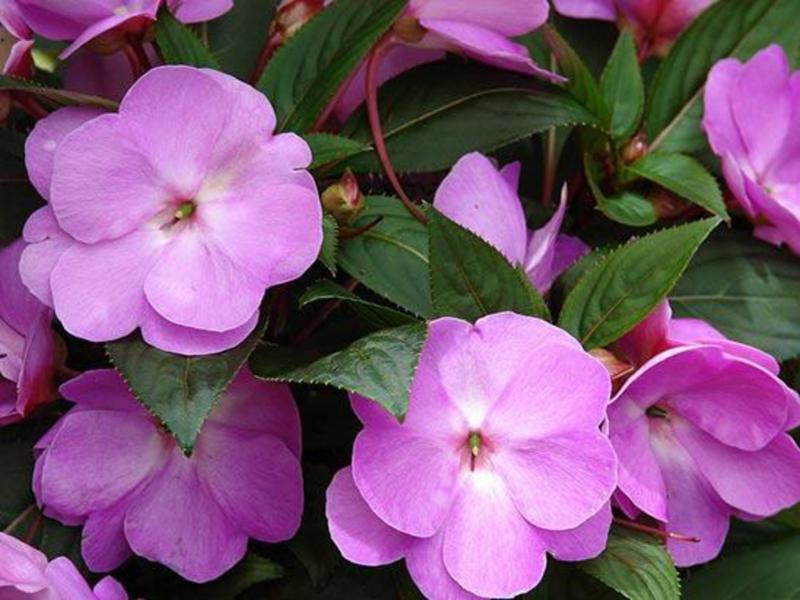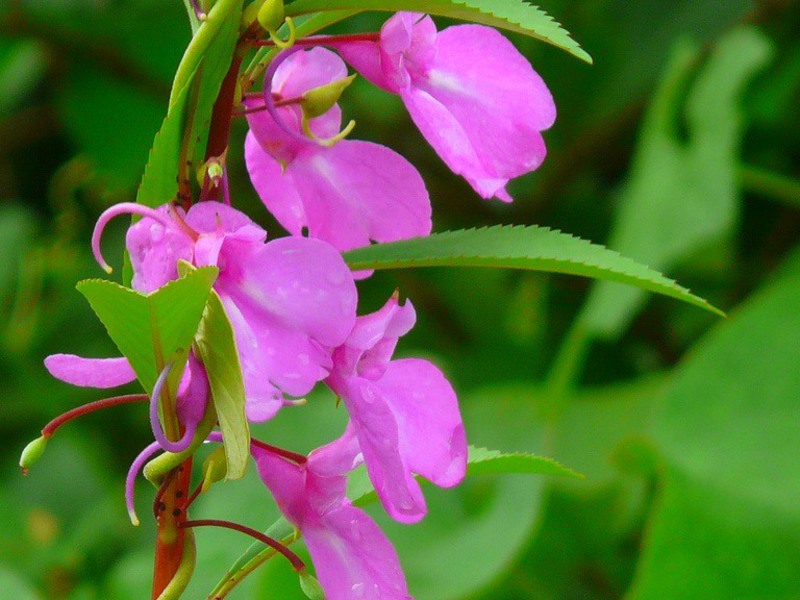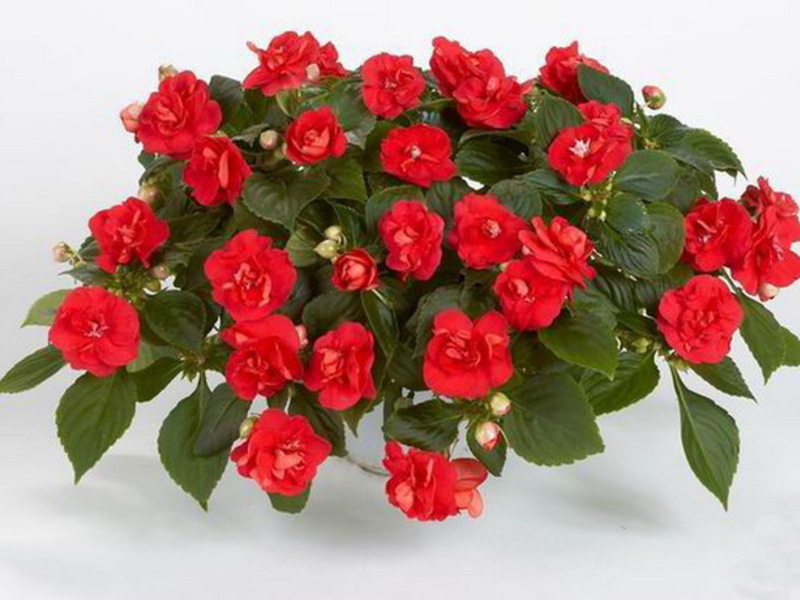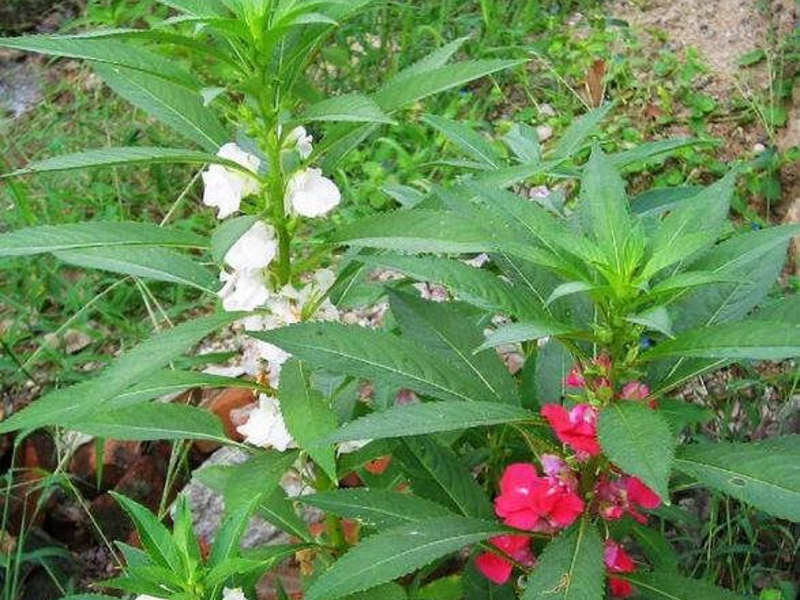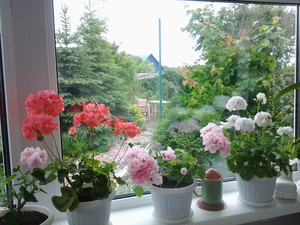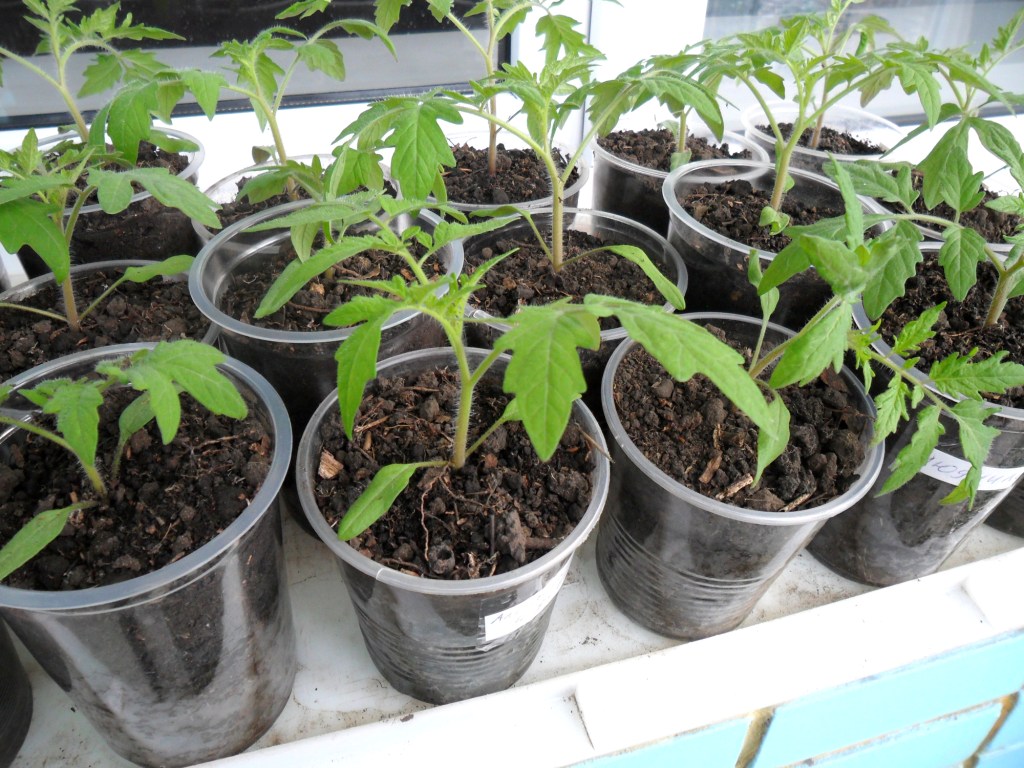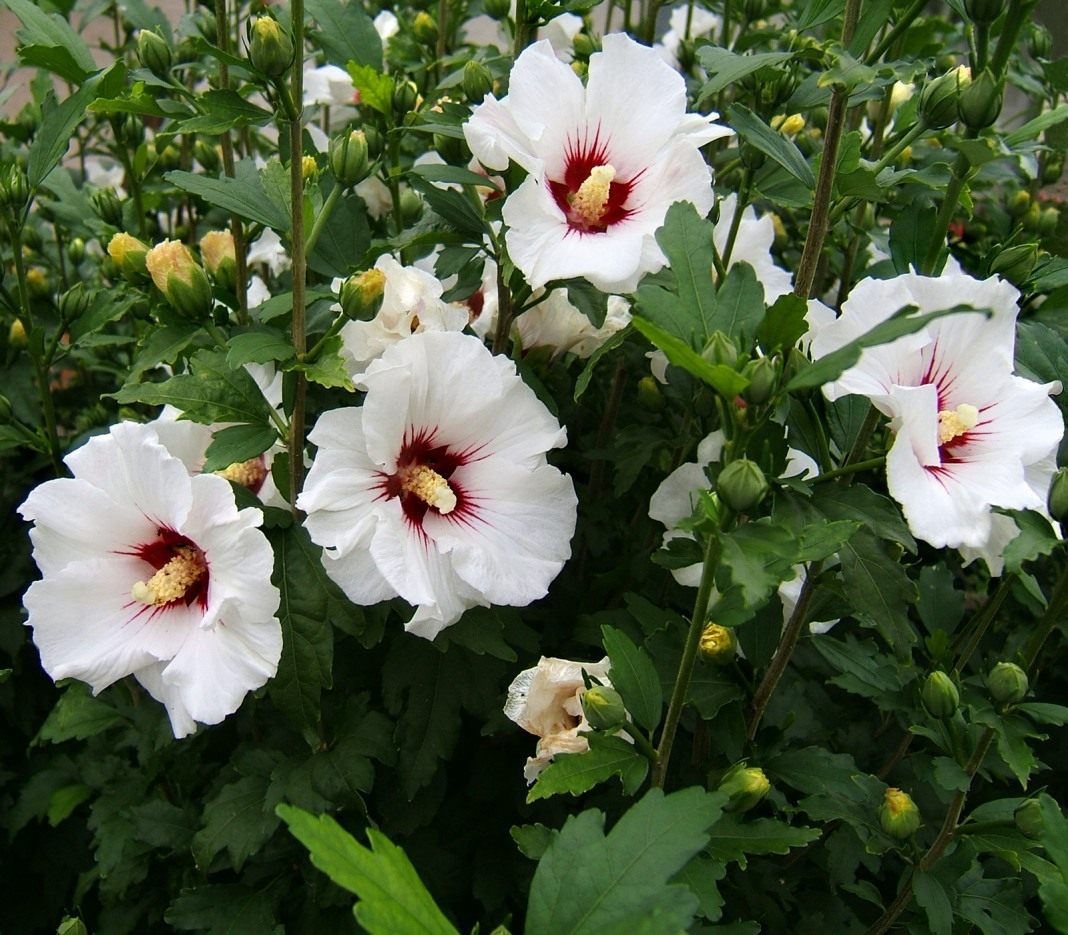Thanks to long-blooming beautiful flowers and unpretentiousness, balsam has long been popular as a houseplant. Currently, the flower is widely used for growing in open ground, decorating front gardens, flower beds, flower beds and borders with its large flowers. Subject to all the requirements for planting and care, balsam can be grown from seeds and admire its flowering for a long time.
Content
Garden balsam: photo, description, varieties
The plant is shrub with a height of 25 to 50 cm... On its rather large, fleshy leaves elongated in length, droplets form in the process of growth, which is why the balsam received the second name "Vanka wet".
At the base of the leaves, large flowers are formed, which can be of various shades. In nature, balsam blooms with purple and pink flowers. Hybrid garden plants can have plain or double flowers in a variety of shades other than blue and yellow. After the inflorescences open completely, spurs form in them. In the open field, flowering begins in late May - mid-June and continues until the frost.
There are many types of balsams in nature. Breeders have bred special garden varieties, which include:
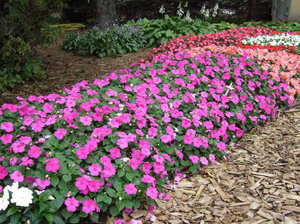 Garden balsam "Tom Tamb" is an annual strongly branched plant that grows up to 25 cm in height. Its serrated, delicate leaves are lanceolate. Numerous bright double flowers can be white, red, purple, lilac or pink.
Garden balsam "Tom Tamb" is an annual strongly branched plant that grows up to 25 cm in height. Its serrated, delicate leaves are lanceolate. Numerous bright double flowers can be white, red, purple, lilac or pink.- The “Camellia” plant is distinguished by its pyramidal shape, fleshy stems and flowers up to 4 cm in diameter. In June, camellia-like double flowers appear on a bush 25 cm high, the color of which can be from white to purple.
- Balsams "Waller" are diverse and can have both simple and double flowers of the most varied colors. Most often, these are spherical bushes 25-30 cm high, blooming profusely throughout the season with red, salmon, carmine or pale pink flowers. Their petals can be solid, or have lighter stripes.
- Hybrid varieties "Exotic dwarf" are intended for decoration of balconies and loggias. These short bushes grow up to only 18-20 cm, have serrate lanceolate leaves and bright flowers. Their petals come in a variety of colors from pink to lilac-purple.
Reproduction of balsam
"Vanka wet" can be propagated in two ways:
- Seeds.
- Cuttings.
Seed reproduction at home
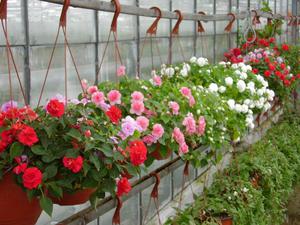 When growing balsam from seeds at home, you can get early flowering of the plant.
When growing balsam from seeds at home, you can get early flowering of the plant.
In February-early March, sowing is carried out in filled with special soil seedling containers... An earthen mixture is prepared from equal parts of garden soil, peat and coarse sand. It should be lightweight and breathable.
The seeds are laid out from each other at a distance of 3-4 cm. The plant loves light, so you can not sprinkle the seeds on top of the seeds. The soil is sprayed with warm water and covered with glass or polyethylene. The result is a mini greenhouse in which seedlings will grow together. The containers are placed in a warm place, the soil is ventilated daily.
As soon as the first shoots appear, the seedlings are exposed in a well-lit place. Caring for it consists in keeping the soil moist. When 2-3 true leaves appear, the plants dive into separate cups. The stems and roots of balsams are very fragile, so the transplant is done carefully. As soon as the bushes grow on them 6-8 leaves will appear, you can pinch them. In this case, the roots will become stronger, and the plant will become lush.
If you don't want to mess with seedlings, then you can grow balsam from seeds right in the open field. Seeds are sown after the last frost in the prepared soil and covered with polyethylene or acrylic on top. The seedlings should emerge in about 5-7 days.
Propagation by cuttings
Balsamic bushes easy to cut, take root and grow into beautiful new plants. Cuttings can be carried out at any time of the year. This will require:
- Cut the cuttings 5-6 cm long, each of which should have at least 3-5 leaves.
- Remove the leaves from below, put the pieces in water and put them in a shaded place.
- After about 7-10 days, the roots will appear, and the cuttings can be planted at home in pots or directly into the open ground.
Caring for cuttings after planting in the soil is to provide them with good lighting, temperatures within 20-22C and regular watering. It is worth noting that it is not necessary to be very zealous with moistening the soil, since the fleshy stems of balsams are prone to rotting.
Balsam: planting and care in the open field
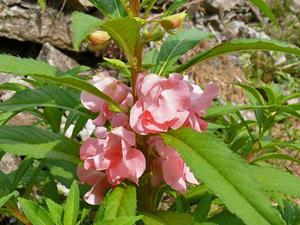 It is best to grow "Vanka wet" on the western or eastern side of the garden plot. Under good natural light, the plant will quickly pick up buds and bloom for a long time. The bushes planted in the shade are tall, but they have about the number of flowers decreases by 50%... If the site for planting balsam is sunny, then in a hot period of time from the midday sun it must be shaded.
It is best to grow "Vanka wet" on the western or eastern side of the garden plot. Under good natural light, the plant will quickly pick up buds and bloom for a long time. The bushes planted in the shade are tall, but they have about the number of flowers decreases by 50%... If the site for planting balsam is sunny, then in a hot period of time from the midday sun it must be shaded.
It can be placed with almost any plant, but it will grow and look best with verbena, fuchsia, begonia, or ageratum.
Landing features
Home-grown seedlings will be ready for planting in the ground immediately after the last frost stops. It must be prepared for outdoor conditions in advance by taking containers with young plants for several hours to the balcony or garden.
The balsam planting holes should be apart at a distance of 25-30 cm... If the soil is not very nutritious, then peat, a little humus and sand are added to each hole.
Seedlings are carefully removed from the pots, rearranged into a recess, covered with an earthen mixture, watered and mulched. To get a wide bush, you can pinch the top of the balsam.
Watering and feeding
Balsams love moist soils without stagnant water. The plant needs to be watered regularly and abundantly, otherwise its leaves will begin to curl up into a tube, fade, wither and crumble. Watering is done in the evening hours after sunset. On rainy days, the plant is not watered.
It is recommended to feed the bushes with complex fertilizers for flowering flowers every two weeks. It is desirable that in them nitrogen and potassium were present... In this case, balsams will delight for a long time with their beautiful flowering.
In order for the bushes of "Vanka wet" to be covered with flowers for a long time, withered and faded flowers must be regularly removed.
How do you get garden balsam seeds?
You can dilute balsams from flowers grown in the garden from seeds collected by yourself. At the end of August, seeds ripen in juicy green boxes, which can be collected and stored until spring. Since a ripe capsule can easily burst when touched, it is recommended to collect seeds from unripe flowers.
Until fully ripe, the boxes are laid out in a dry room. As soon as the seeds ripen and dry out, they are laid out in boxes or paper bags and stored at a temperature between 0- + 10C.
Diseases and pests of balsam
Like every plant grown outdoors, balsams are susceptible to some diseases and pest attacks:
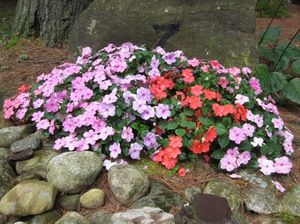 The spider mite is very fond of the fleshy leaves of balsams, weaves its webs on them and sucks out the juice. For prevention, the plant is treated with soapy water. In case of infection, spraying with special chemicals is necessary.
The spider mite is very fond of the fleshy leaves of balsams, weaves its webs on them and sucks out the juice. For prevention, the plant is treated with soapy water. In case of infection, spraying with special chemicals is necessary.- The viral mosaic is manifested by wavy leaves with yellow spots. The virus of this disease is spread by aphids and thrips. Prevention and treatment consists in treating the plant with drugs against these pests.
- The bronzing of the leaves causes their deformation and slows down their growth. The leaves wrinkle first and then fall off. Plants affected by this disease are completely removed.
- The ring mosaic affects the leaves first. They become stained, cracked and stiff. Balsams first gradually wither, and then die completely. The affected leaves are removed, and the plant itself is treated with fungicides.
In garden plots, balsams look best in group plantings. Single plants very effective in pots and containers... With their help, you can decorate even a "not yet inhabited" area, a boring balcony or a large loggia. Since planting and caring for balsam does not take much time, it will not be difficult to turn an ordinary flower bed into a constantly blooming multi-colored flower garden.
